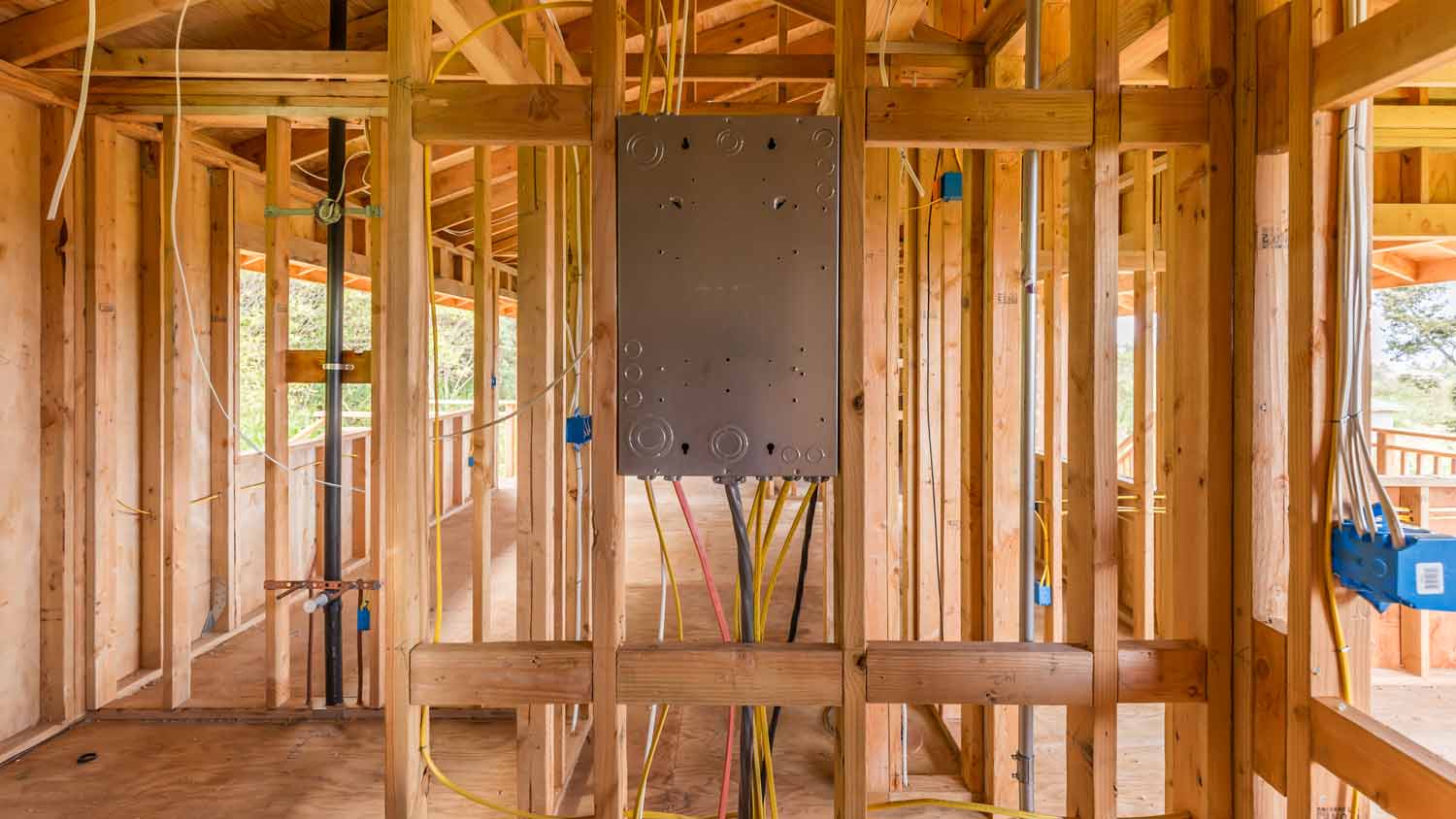Cloth Wiring: Identification, Dangers, and Solutions You Should Be Aware Of
Cloth isn’t all it’s cracked up to be


Homes built in the 1960s or earlier may use cloth wiring.
Cloth wiring can be a fire hazard if the wire is exposed.
Most cloth wiring is used with knob and tube electrical systems.
Some cloth wiring contains asbestos fibers.
Replacing cloth wiring can cost between $4,800 and $30,000.
If your home was built in the 1960s or earlier, there’s a good chance that your electrical system has cloth wiring, meaning that the copper wires have a cloth covering for insulation. This cloth covering isn’t as safe or as durable as modern thermoplastic coatings. Although cloth wires aren’t always dangerous, replacing them is still a wise (and safe) investment.
The Basics of Cloth Wiring
Cloth wiring is an older style of wiring that typically has a copper core covered in either cotton or rayon cloth or fabric. You'll typically find cloth wiring ranging in size from 12 to 22 gauge, and it will often have either paper or rubberized insulation.
Once common for how inexpensive it was, cloth wiring is now outdated and potentially hazardous. If your home’s electrical wiring contains cloth-covered wires, it’s time to consider rewiring your home.
When Did Cloth Wiring Stop Being Used?
Home builders largely stopped using cloth wiring in the 1960s, around the time knob and tube (K&T) wiring was replaced by modern electrical systems that use copper wire with thermoplastic insulation. However, fabric-sheathed cloth wiring was still used in some homes into the mid-1970s. If your home has cloth wiring, you should have a licensed electrician inspect it for damage and potential hazards.
Does Old Cloth Wiring Have a Ground?
No, cloth wiring itself does not have a ground wire, which is another reason it’s potentially dangerous for modern households. Fabric-sheathed wiring was used most often with K&T electrical systems, which are not grounded. It is possible to ground electrical wires in a K&T system, but that work should only be done by a qualified electrician. To have a pro ground an outlet or fixture, you can expect to pay between $130 to $170 per connection.
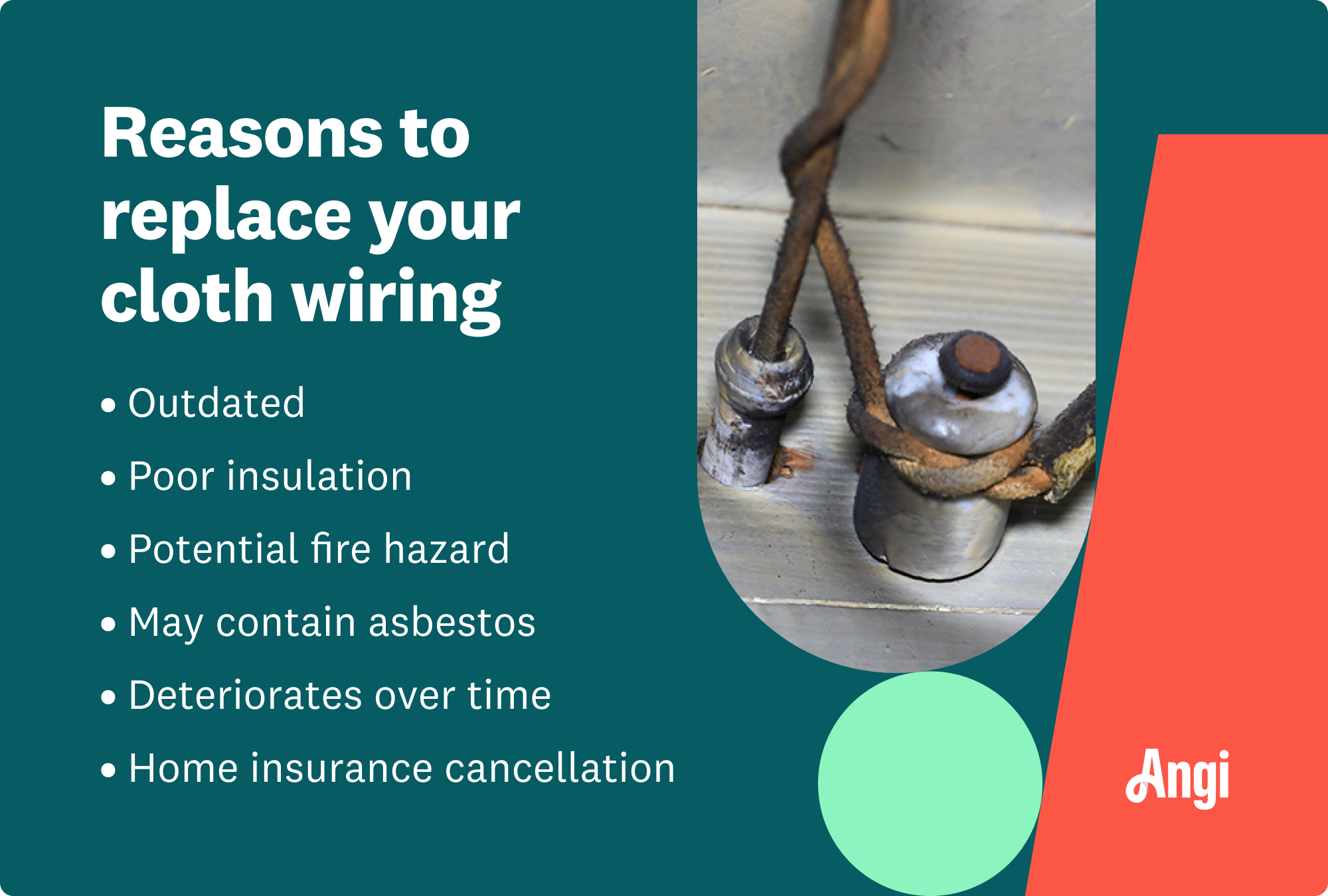
Why You Should Consider Replacing Cloth Wire
There are several reasons why you should consider replacing any existing cloth wiring in your home.
Wear and Tear
Cloth wiring isn’t the best in terms of longevity. Over time, the fabric can crack, flake, or become extra brittle. It’s also much more susceptible to damage from insects or rodents. Any wear and tear on the cloth covering can expose the hot wires underneath, creating a serious risk of electrical fires.
Poor Insulation
Cloth doesn’t insulate heat nearly as well as plastic. This means cloth wiring can become excessively hot, exposing the surrounding area to this heat and, you guessed it, creating a serious fire hazard in your home.
Knob and Tube Wiring
As mentioned above, cloth wiring tends to go hand-in-hand with K&T wiring, which is no longer permitted in new constructions in the United States. This kind of wiring uses ceramic knobs and tubes to tie and run wires along the wooden structural components in your walls and ceiling, but this comes with several safety hazards.
Most notably, K&T wiring lacks ground wires and GFCI outlets, both of which prevent power surges and dangerous electrical arcing. Many insurance companies won't cover homes with this type of wiring or will cancel your policy if you discover wiring and don’t replace it. For this reason, contractors will almost always recommend fully rewiring your home.
Asbestos
Asbestos, an old building material that is now a recognized carcinogen according to the National Cancer Institute, might be present in cloth wiring. This is because paper containing asbestos acts as an extra layer of insulation in these systems. Dangerous asbestos particles can release into the air as the outer cloth coating deteriorates on old cloth wires. Even if you can’t spring for all-new electrical wiring yet, it’s important to have your cloth wires inspected to ensure they’re asbestos-free.
So how do you know if your cloth wiring has asbestos or not? To be certain, you’ll need to have a pro test your wiring because asbestos fibers cannot be seen or confirmed by the naked eye. If you suspect or want to verify that your cloth wire has asbestos, contact an electrician for an inspection or hire a company to test the cloth sheathing on your wires.
How to Spot Cloth Wiring

Just because you have an older home doesn’t necessarily mean you have cloth wiring in your system. Unfortunately, it’s difficult to tell if you have cloth wiring just by looking at it. Sure, sometimes cloth wiring is obvious from the wear and tear that looks similar to that old fuzzy sweater you should’ve thrown out years ago. However, there’s a chance that the wiring could be in slightly better condition, in which case it will look like modern, rubberized sheathing (but still contain an inner layer of cloth insulation).
Plus, inspecting your electrical work as someone without experience or a proper license can be incredibly dangerous. The best way to know for sure is by hiring an electrical inspector near you to perform an evaluation.
Cost to Replace Cloth Wiring
In total, rewiring your home can cost anywhere between $4,800 and $30,000, but this will vary based on the scope of the job. Not all cloth wiring will present an immediate hazard, but it’s still important to know what you’re dealing with. Your best bet is to have a local electrician evaluate the situation, give you their professional opinion on the best next steps, and provide a custom estimate.
If a complete wire replacement isn’t currently in your budget, you might consider splitting your wiring replacement into several jobs. However, be aware that most electricians charge per call-out, meaning you'll pay another service fee for every visit. Be sure to ask about deals before you hire, as your pro might waive your service fees or give you a discount if you rewire your entire home.

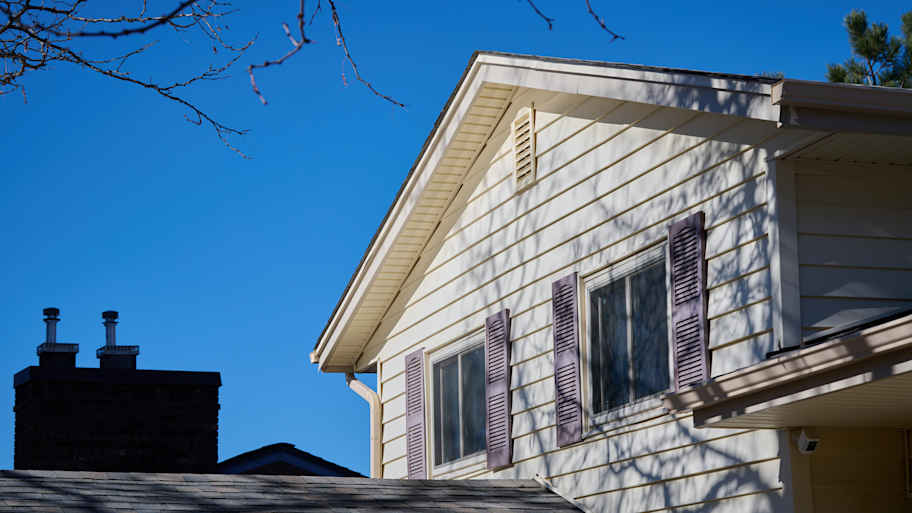
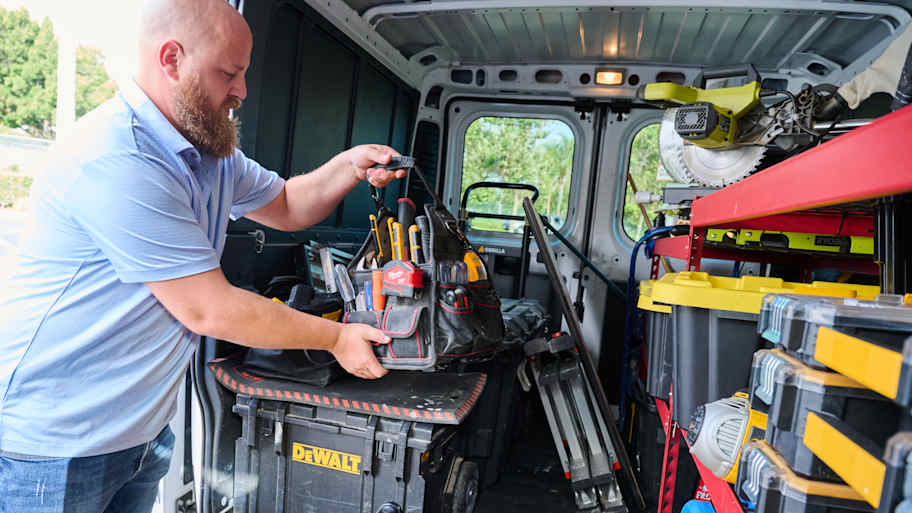
.jpg?impolicy=leadImage)
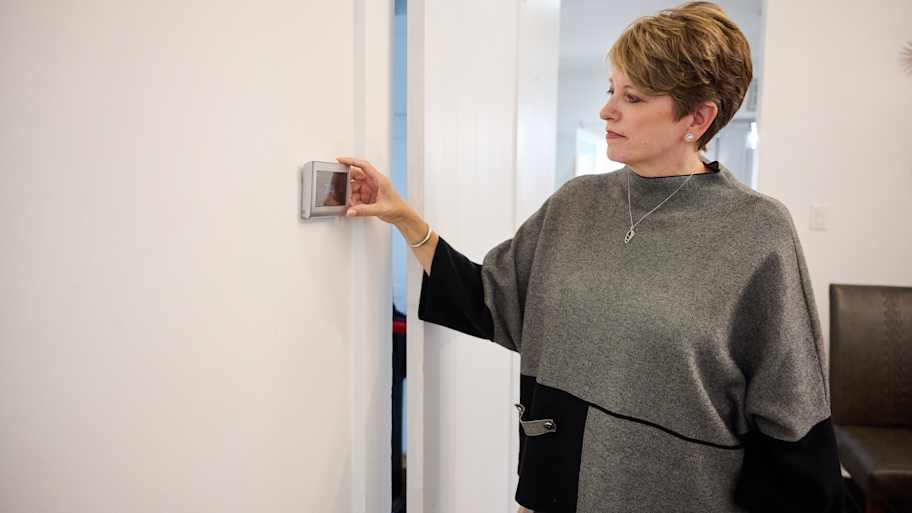
- Home Generator Repair
- Lamp Repair
- Electric Repair
- Generator Installation
- TV Antenna Services
- Emergency Electricians
- Commercial Electricians
- Attic Fan Installation
- Attic Fan Repair
- Exhaust Fan Installation
- Electric Inspectors
- Subcontractors
- Electrical Construction
- EV Charger Installer
- Chandelier Installation
- Doorbell Installation
- Bathroom Fan Installation
- Ring Installers
- Electrical Panel Upgrade
- How to Identify Old House Wiring Systems and When You Need to Replace Them
- Aluminum Wiring vs. Copper Wiring: How to Choose
- Why Hire an Electrician? Top Reasons to Consider
- Signs of Asbestos in Wire Insulation
- How Long Does It Take to Rewire a House?
- 7 Common Building Code Violations (and How to Avoid Them)
- Is the Black Wire Positive or Negative? How to Tell Electrical Wires Apart
- What Is an Electrical Inspection and When Do You Need One?
- Wire Color Code: Decoding Electrical Wire Colors
- The Complete Old House Inspection Checklist for Buyers



